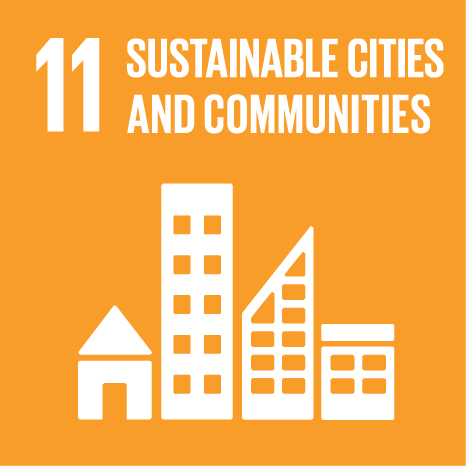Ciência_Iscte
Publications
Publication Detailed Description
Abstraction and empathy
Journal Title
A.MAG
Year (definitive publication)
2021
Language
English
Country
Portugal
More Information
Web of Science®
This publication is not indexed in Web of Science®
Scopus
This publication is not indexed in Scopus
Google Scholar
This publication is not indexed in Overton
Abstract
In the year 2000, Manuel and Francisco Aires Mateus had just founded their own studio. After working several years with Gonçalo Byrne (one of the most noteworthy Lisbon architects of his generation) – and after, from a small room in his atelier, having completed some projects of their own (such as the Nafarros House in Sintra, the Assisted Living Residence of the Santa Casa da Misericórdia of Grândola or the Canteen of the University of Aveiro ) – Manuel and Francisco Aires Mateus had finally been working in their own space for two years, in a flat located in the Largo do Rato area of Lisbon. They had several projects coming up, some even of a considerable scale, such as the headquarters of the Order of Engineers, the Pedagogical Unit of the Sciences and Technologies Faculty of Coimbra University or the Rectory of the Nova University of Lisbon. But it was the commission of a simple project for a house in Alenquer, made a year earlier, that changed the character of Manuel and Francisco Aires Mateus's work in the twenty years that followed. If their previous work can be read as a direct consequence of Gonçalo Byrne's teachings – produced in a period they later described as "preambular" or "propaedeutic" – the work built after the elaboration of this house gained a distinctive role in the history of Portuguese architecture.
Acknowledgements
--
Keywords
Arquitectura,Arquitectura Contemporânea,Aires Mateus
Funding Records
| Funding Reference | Funding Entity |
|---|---|
| UIDB/03127/2020 | Fundação para a Ciência e a Tecnologia |
Contributions to the Sustainable Development Goals of the United Nations
With the objective to increase the research activity directed towards the achievement of the United Nations 2030 Sustainable Development Goals, the possibility of associating scientific publications with the Sustainable Development Goals is now available in Ciência_Iscte. These are the Sustainable Development Goals identified by the author(s) for this publication. For more detailed information on the Sustainable Development Goals, click here.

 Português
Português


